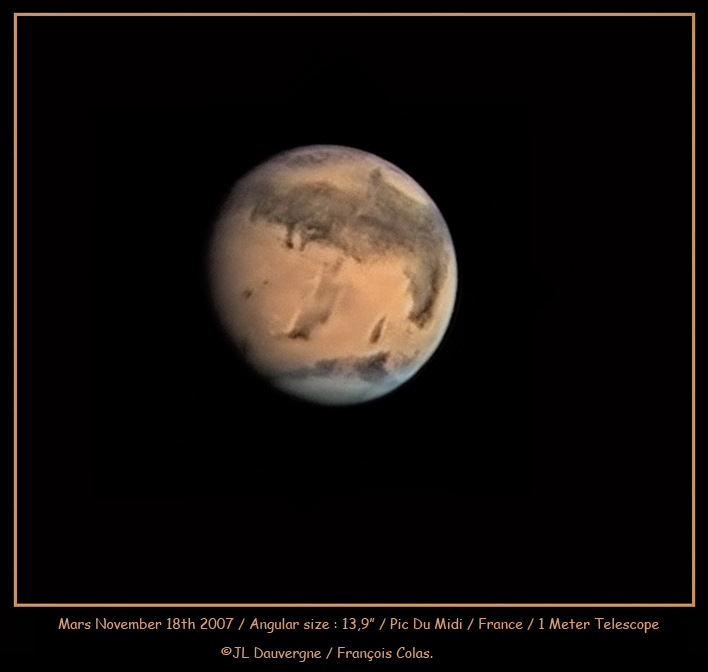being close means that mars appears brighter in our night sky, making it easier to find, and hopefully obvious to see for the next month once you get yourself acquainted! mars rises early in the evening in the east and then moves overhead and across the entire sky as the night goes by. to find it, face east in the evening and try to find the familiar constellation, orion, with three bright stars lined up almost vertically. move your eyes to the left and you'll notice two bright stars also aligned vertically, castor and pollux, of gemini. in between orion and the pair, castor and pollux, you'll see a bright orange point of light... closer to castor and pollux... thats mars!!

mars is not only brighter due to its closeness, it also appears bigger. our eyes cannot detect the size difference as easily as we notice its enhanced brightness level.... but looking thru a telescope will be more exciting because mars is almost 16 arcseconds across!
if you have a telescope, use it. if you don't, the look for astronomical societies in your town or see if the local university has public viewing nights or star parties!
once you are looking thru the eyepiece of a telescope at the image of the red planet, try to locate the white clouds covering the north polar ice caps. depending on the type of telescope, the "north pole" could be at the top or the bottom of your image. the image below shows mars as seen by Jean-Luc Dauvergne and Francois Colas a couple weeks ago in france.

a martian day is 40 minutes longer than a day on earth, so each week that you look at mars you'll see slightly different dark spots ("maria"), bright spots ("terrae") and cloud cover. sky and telescope has a nice mars finder application that shows the features of mars visible to us at any time! enjoy!
1 comment:
that was great. too bad its your last... i wish i could go to one!
i will look for a bright mars tonight, though.
Post a Comment